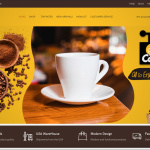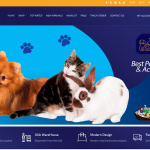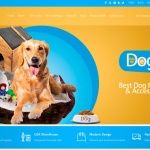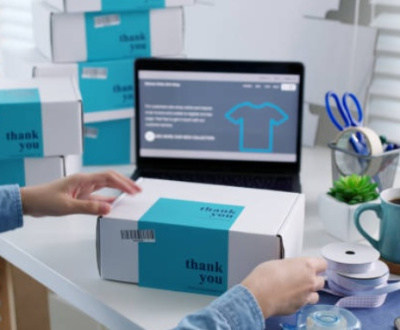Creating a Seamless User Experience on Your Ecommerce Website
- November 22, 2024
- Ecommerce

Creating a Seamless User Experience on Your Ecommerce Website. In the fast-paced world of online shopping, having a seamless user experience on your ecommerce website is crucial for attracting and retaining customers. A seamless user experience refers to the smooth and effortless journey that a user has while navigating through your website, from the moment they land on it to the moment they make a purchase. By providing a user-friendly and intuitive experience, you can increase customer satisfaction, drive conversions, and ultimately grow your ecommerce business. In this article, we will discuss some key strategies for creating a seamless user experience on your ecommerce website.
1. Mobile Optimization
With the increasing number of people shopping on their smartphones and tablets, having a mobile-optimized website is essential for providing a seamless user experience. Make sure your website is responsive and can adapt to different screen sizes, resolutions, and devices. This will ensure that users have a consistent and enjoyable shopping experience, no matter what device they are using.
2. Easy Navigation
One of the most important aspects of creating a seamless user experience is to make navigation on your website simple and intuitive. Users should be able to easily find what they are looking for, whether it's a specific product, category, or information about your company. Use clear and organized menus, breadcrumbs, and search functionality to help users quickly navigate through your website.

Creating a Seamless User Experience on Your Ecommerce Website
3. Clear Call-to-Actions
To guide users towards making a purchase, it's important to use clear and compelling call-to-actions (CTAs) throughout your website. Whether it's a "Buy Now" button, "Add to Cart" button, or "Learn More" link, CTAs should be visually prominent and clearly communicate the next step that users should take. Make sure CTAs stand out from the rest of the content on your website to grab users' attention.
4. Fast Load Times
Slow loading times can frustrate users and lead to high bounce rates on your website. To provide a seamless user experience, optimize your website for fast load times by compressing images, minifying code, and leveraging browser caching. Use tools like Google PageSpeed Insights to identify areas of improvement and make necessary adjustments to improve load times.
5. Streamlined Checkout Process
A complicated checkout process can lead to cart abandonment and lost sales. To create a seamless user experience, streamline your checkout process by reducing the number of steps required to complete a purchase. Offer guest checkout options, save user information for future purchases, and provide multiple payment options to accommodate different preferences.
6. High-Quality Images and Descriptions
Visuals play a crucial role in creating a seamless user experience on your ecommerce website. Use high-quality images that showcase your products from different angles and provide detailed descriptions to help users make informed purchasing decisions. Include product specifications, dimensions, materials, and any other relevant information to answer common questions that users may have.

Creating a Seamless User Experience on Your Ecommerce Website
7. Personalization
Personalizing the user experience can help build a stronger connection with your customers and increase engagement on your website. Use data analytics to track user behavior and preferences, and tailor product recommendations, promotions, and content based on their interests. Personalization can help users feel more valued and increase the likelihood of repeat purchases.
FAQs
Q: How can I track and analyze user behavior on my ecommerce website?
A: There are various tools available such as Google Analytics, Hotjar, and Crazy Egg that can help you track and analyze user behavior on your website. These tools provide valuable insights into how users interact with your website, what pages they visit, how long they stay on each page, and where they drop off in the purchase funnel.
Q: What are some best practices for improving website load times?
A: To improve website load times, you can optimize images by compressing them, minify CSS and JavaScript files, leverage browser caching, use a content delivery network (CDN), and reduce server response time. Additionally, consider choosing a reliable web hosting provider with fast servers to ensure optimal performance.
Q: How can I reduce cart abandonment on my ecommerce website?
A: To reduce cart abandonment, simplify the checkout process by minimizing the number of steps required to complete a purchase, offer guest checkout options, provide multiple payment options, display trust badges and security seals, and send cart abandonment emails to remind users to complete their purchase.
Q: How important is mobile optimization for ecommerce websites?
A: Mobile optimization is extremely important for ecommerce websites, as a large percentage of online shoppers use their smartphones and tablets to make purchases. Having a mobile-optimized website ensures that users have a seamless and enjoyable shopping experience, leading to increased conversions and customer satisfaction.
Q: What role does personalization play in creating a seamless user experience?
A: Personalization plays a crucial role in creating a seamless user experience by tailoring product recommendations, promotions, and content to each individual user based on their preferences and behavior. By personalizing the user experience, you can increase engagement, build customer loyalty, and drive repeat purchases.












